Watchmen by DC Comics is an epitome of perfection in the history of comic books. Why? Here are a few reasons why it just might be the best comic ever written!

There’s a reason why writers, artists, companies, and readers keep revisiting and going back again to Alan Moore and Dave Gibbon’s Watchmen. It was 1986 when Watchmen changed the way the world looked at superheroes and it remains relevant even today after all these years.
Even an average comic book reader, when he picks up Moore’s Watchmen today can figure out that there is something very peculiar and different about this comic book.
But what is it that makes Watchmen so different? Today we are going to take a look at what and how has Alan Moore’s Watchmen managed to remain at the center of the stands in comic book stores all around the world. Why has it been considered as a classic, and unadaptable film all over the years? Is it art? Is it the story? Are the themes that Watchmen dealt with within 1986 the reason the comic book still tends to resonate with the readers after all this while? Whatever the reason, it was voted “ONE OF TIME MAGAZINE’S 100 BEST NOVELS”
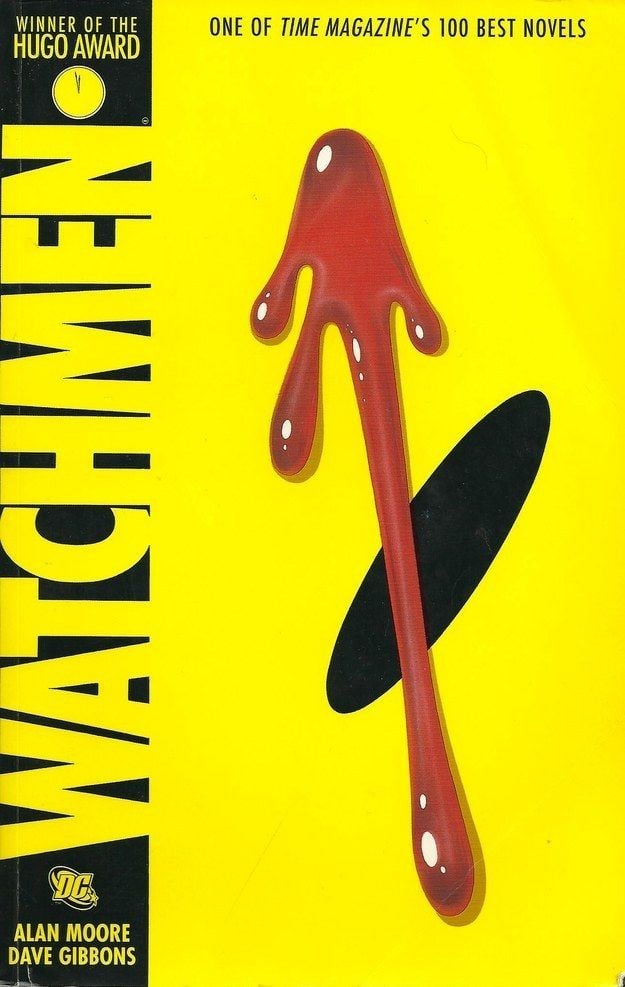
Now that says something! Oh! And it also has won the prestigious HUGO AWARD. Here are a few reasons why the book deserves all the accolades.

No Gimmicks

Right from the very beginning at the cover itself, Watchmen makes it very clear that there are going to be no gimmicks or tricks with this one. Generally, superheroes on comic book covers are expected to be posing; fighting evil or supervillains for the greater good of the world. But there simply are no characters to be seen on the cover, there is absolutely nothing to window dress or to lure the readers inside.
Before even leafing in through the first issue, the readers have no idea what Watchmen is going to be about. So, you have no idea what you were getting into. And when once the readers are done with the 1st issue of Watchmen they realize that this is no ordinary superhero comic book. It is dark, edgier, and has characters like Ozymandias and Doctor Manhattan who are so deeply grounded in the reality that it keeps the readers deeply engaged with them and with the conditions and situations that they go through.
Alan Moore
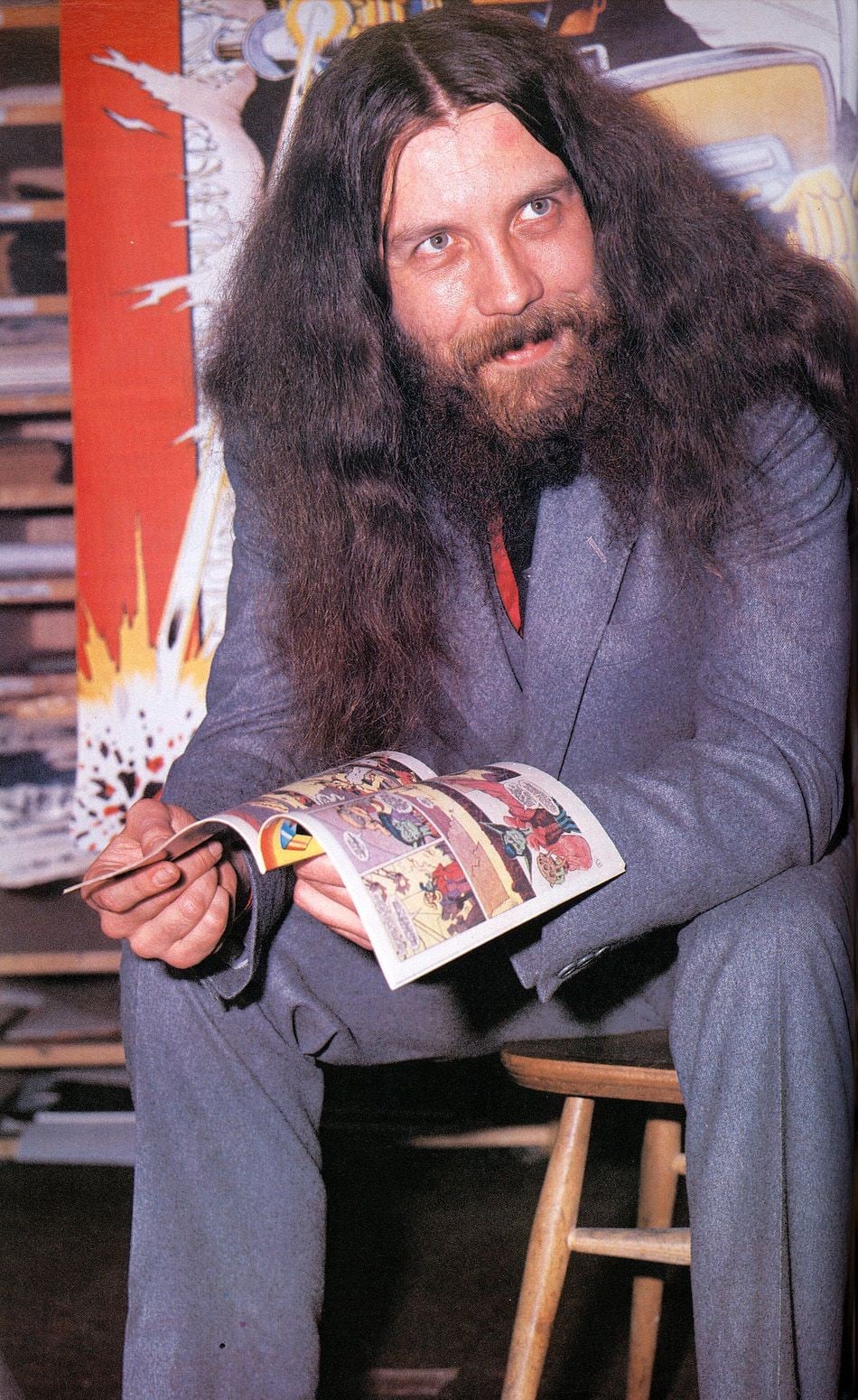
Alan Moore is one of the biggest names in the comic book industry. He is credited with the creation of some of the darkest and gritty comic books. Or are Dark and Gritty just two understatements about what he’s created? In 1982, he created the critically acclaimed Marvelman and V for Vendetta. And then he moved on to DC comics where he came up with Constantine who also goes by his full name; John Constantine. Following that he wrote one of the best Batman stories of all time; The Killing Joke. When he wrote Watchmen, it became a huge success both critically and commercially. It was the top 5 bestselling comic books on the stands in 1986 and the issues that followed it saw the same successes.
Watchmen became the only comic book ever to win a Hugo Award.
Alan Moore and Dave Gibbons together managed to finish the huge gap between fiction and reality and they extracted something which is hugely disturbing about our obsession with, superheroes and great men.
The Theme
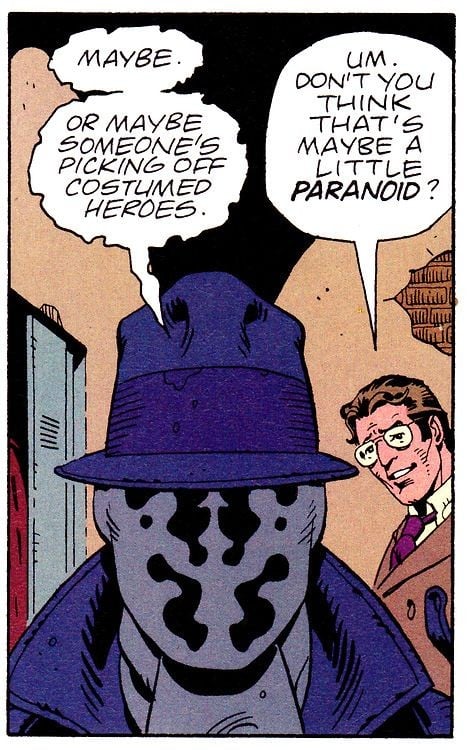
The themes that Watchmen dealt with are deeply thought-provoking. Merely a question “Who watches the Watchmen?” What is this supposed to mean? It is merely in the context of the story and the comic book? Does it go beyond that? There are so many questions that come to mind while reading Watchmen.
It asks that the people who have powers, the people who are supposed to protect others. Who is going to keep their powers and them under check? It’s the equivalent of “Who guards the guards?” The writers and the creators of Watchmen say the people who have power with them, would go up to any extent in this world to be that way and to keep their powers that way.
Are the most powerful and good people of this world capable of the most unspeakable things? Why do we trust them? Should we trust them at all?
And do these superheroes care about us at all, the way we care about them?
The Story
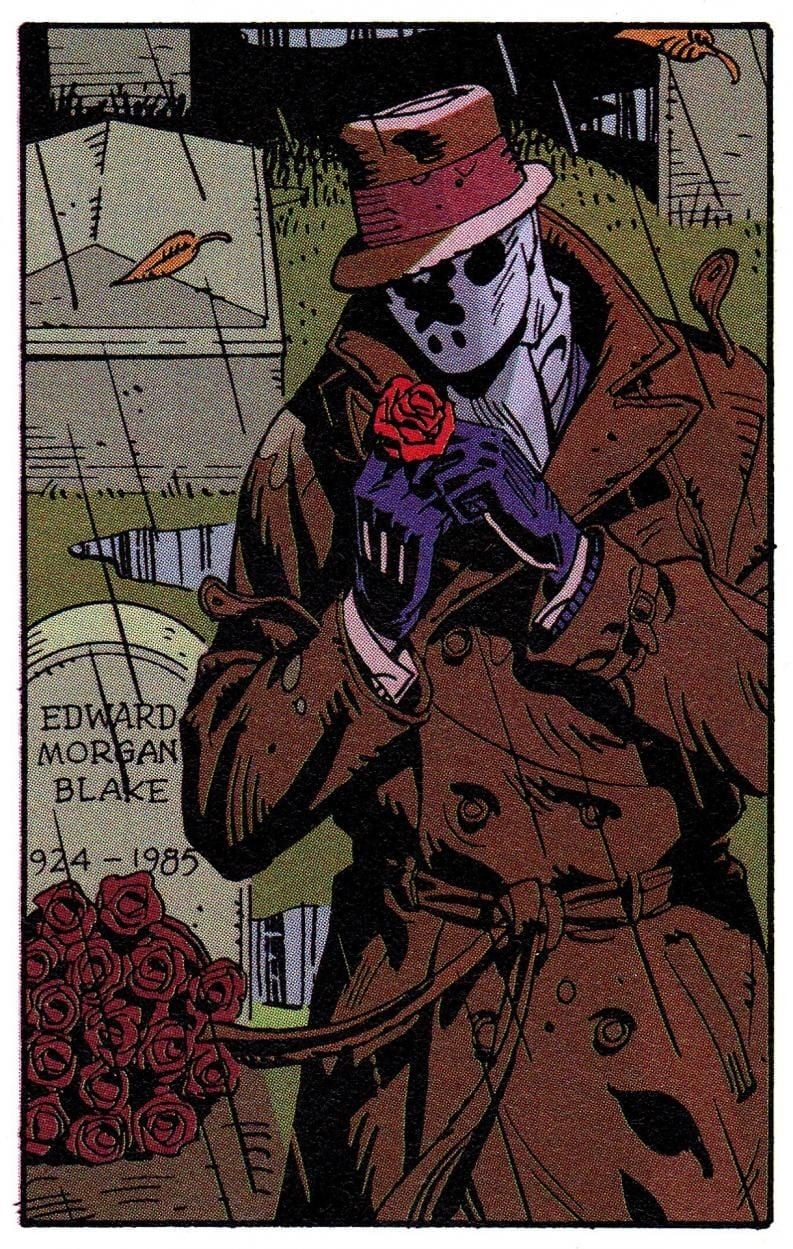
Watchmen takes place in an alternate 1985 where Richard Nixon continues to be president and superheroes, except for the ones who have been employed by the government, are banned or outlawed. The Comedian, a superhero who was working for the government is found murdered, and then Rorschach, a law-breaking superhero detective, reconnects the dots to The Comedian’s murder with his fellow former superheroes. And what he discovers is a huge conspiracy to kill all ex-superheroes.
On the other hand of the plot, there is another ex-superhero Adrian Veidt or he was formerly called in his superhero days; Ozymandias. According to him, there is a worldwide nuclear conflict brewing between the United States and Russia and other superpowers. Ozymandias believes that if these countries come to unite, they won’t be blowing each other apart. And the rest of the story tells us how he creates a fake enemy to bring the whole world together.
The only hero who does not agree with Ozymandias’s ideas and plans is Rorschach, which compels Doctor Manhattan to kill him to ensure that no one ever finds out who was behind all the chaos.
The Depth
There are a lot of real-world allegories in Watchmen. And they are very much a part of the story and the themes. There are army races and Cold War to name a few of the real world wars that Watchmen goes along with.
Watchmen says a lot about a lot of things, yet it doesn’t say anything.
On each page of the entire comic, there is a lot of depth poured by the writer. This just shows how creatively consuming the process must have been for the writer.
What do you think makes the Watchmen stand out? Let us know in the comments below! Find our DC Comics Watchmen collection here. Subscribe to get restock alerts!




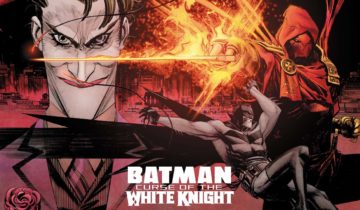
 No products in the cart.
No products in the cart.